Dreadbox NYX 2 Review: For Superbooth 2019 Dreadbox introduced the successor of the NYX semi-modular analog Synthesizer, the NYX 2. It has several new features as well as a brand-new design. Whether the NYX 2 can convince like its predecessor, you will learn in this review.
One thing is important to know: I do not go very deep this time because I already made in June 2017 a full Dreadbox NYX 1 review. The starting point (sound), as well as most of the features, has remained.
Unboxing
In a nicely designed box, the user can find the Synthesizer and the power supply with different adapters. A printed manual or some patch cables are not included, too bad. So everything you need to get started.
New Flat Design
One thing stands out immediately: a flat, slimmer and longer design of the Dreadbox NYX 2 Synthesizer (35 x 18 x 5.5 cm) compared to the previous unit (35 x 19,5 x 17 cm). This is already known from the Erebus 3, which was introduced on Superbooth 2018. The Greek developers go the same step and say goodbye to the square design. The advantage: NYX 2 is clearer and easier to use because the controls are less closely together.
The optical design (color, font…) has been strongly oriented on the first NYX, which is good, the colors black and white still dominate. The colors are now even better in focus in my opinion and look even more noble and beautiful.
Backside
On the backside, you have a power supply input (15V DC), an ON/OFF switch, a headphone out, a mono output as well as MIDI In/Thru connections. The ON/OFF switch makes in my opinion not a solid impression and does not really fit into the whole nice processing of the synth. I also do not like that the developers have removed the large input. With these, you could use the NYX as a reverb effect box. A pity. The same decision on the latest Erebus 3 Synthesizer.
As with the Erebus 3, we also find the NYX 2 a DIP switch circuit with various functions: DIP 1 activates the new autotuning function (handy feature), DIP 2 the paraphonic mode, DIP 3, 4, 5 for changing MIDI channels, 6 for service mode and 3, 4, 5 together for a drone mode. As small as this blue circuit is, so much is hidden here.
Oscillators & Routing
As already mentioned, the layout of the Dreadbox NYX 2 has been greatly changed and improved. On the top left corner, you can find now the two voltage-controlled analog oscillators (VCO’s). Both oscillators offer identical features and control as NYX 1: saw/pulse for OSC1, saw/triangle for OSC2. sync, individual glide, mixer… Due to the improved design and bigger knobs, the oscillators are better to reach than on the predecessor. The sound of the NYX has remained: powerful raw sound with a lot of character.
Right next to the oscillators in the first half is still the routing interface. In addition to the filters, the oscillators can be routed differently (NOR – both VCO’s in the first filter, Split – VCO1 in Filter 1 & VCO 2 in Filter 2, Half – both VCO’s in Filter 2 and VCA – both VCO’s in the VCA). This feature made the NYX very special as it came out in 2017. It’s not only seen as semi-module due to the patch matrix but also because of this unique function. It allows you to work in a very flexible way. In the same routing section, you can choose between four filter types: lowpass, bandpass, highpass, and parallel. In the latter, both filters are switched in lowpass mode but in parallel.
Dual Filter
Among the two VCO’s is the filter section, which is now also much easier and clearer to use. Not much has changed here: Post fader is replaced by an offset knob with which you can control the second filter. Yes, Dreadbox NYX 2 still has a dual filter, each with 12db or in total 24dB when you use both filters together. As in the first NYX test in 2017, I can only praise the sound quality of the built-in filters.
Both filters have good access and can sound creamy, gentle to distorted/brutal, depends mainly on how they are routed and on the amount of offset & resonance. Sonically they sound like in the NYX 1, maybe a bit better. Due to the offset function, they are still very versatile and you can achieve many different filter tones Also, the routing for the filter modulation (mod route) remained, which is located next to the filter. Here are the two mod envelopes (MOD 1 & MOD 2) addressed, not the one for the amp
- OFF – no influence at all
- ½ – MOD1 for filter 1 and MOD 2 for filter 2
- 1+2 – MOD 1 & MOD 2 control both filters (p.ex: one in LFO one in envelope mode)
- 1 – MOD 1 controls both filters and MOD 2 is available as modulation in the patch bay.
A nice internal filter routing solution that lets you send two different modulators to the filters. Plus, no extra cable connection in the patch bay necessary, clever.
Modulation Power: LFO, MOD 1, MOD 2 & AMP
More has changed in the modulation of the Dreadbox NYX 2. It’s not only clearer and better designed, but it includes also a new very simple LFO which can be used for pitch vibrato sounds.
Besides this, it can be freely configurable via the patch bay. There are still two mod envelopes (MOD 1 & MOD 2) as well as one amp envelope (AMP). The mod envelopes can be used in RFH (Rise Fall Hold) mode or in a loopable mode similar to an LFO. The RFH mode acts in the same way as an ASR envelope (Attack, Release and Sustain).
New in the NYX 2 is that the user has now full control over the sustain parameter with a fader instead of an ON/OFF switch. Also new is a drone mode in the amp envelope. If one activates this, a keyboard is no longer needed but a note is always triggered. Setting the sustain parameter very high, you can build very easily a drone sound. This add-on pleases me very much because it fits very well with the concept of the NYX 2. Musicians use it a lot in ambient and experimental music and there are drones commonplace.
Reverb
The reverb effect in the first NYX was already one of the highlights par excellence. It made every simple sound into a big atmospheric/drone-like sound. Can you still improve this, yes they can! Dreadbox has completely revised the algorithm for this and optimized it for atmospheric and drone sounds. No wonder, NYX is used by many musicians exactly for this. Where the old NYX only had three knobs to adjust, there is now a reverb with a new lovely interface design with 6 sliders. It is divided now into two sections: one for modulation and the other one for the actual reverb effect.
The random section of the reverb contains a random voltage generator with which you add some cool little movements on the sound. With higher values in the modulation, it sounds like the oscillators were falling out of tuning or like pitch-shifting effects drunken in reverb. If you use these in moderation, with smaller values, you can bring warmth and depth into the reverb. Using it for the first time, it’s more a trial and error situation with the results. Over time, you develop the feeling for the right settings in the reverb modulation. If this has, amazing results are possible.
Improved Patchbay, More Is Better
Has anyone called for more patch points? Yes, you get it now! The patch bay in the new NYX 2 Synthesizer has doubled from initial 15 to a proud 30. Nice and clear is also the new design of this: the inputs have now a white border, the outputs are black. Among the outputs count: gate, wheel, mod wheel, mod 1 & 2, LFO and more. Nice here you can also use the modulation of the reverb as a modulator. Next, it offers a new four-channel mixer (A B C D in) with which you can mix different audio signals together.
Also, a nice add-on for me is the additional white noise generator in the patch bay. With this, you can get interesting new timbres from the NYX 2 that were not possible with the previous one. Thanks to the patch bay, this can be easily integrated into the existing signal. Some noise does not hurt the sound, it makes it more dirty and interesting. Especially great for more industrial touched or experimental music.
Hmm yes, there are of course also many other input possibilities besides the mixer section in the new NYX 2 patch bay. There are 16 inputs in total ranging from individual OSC CV & amp level points, PWM or CV over the fall rates of each modulation envelopes. Very interesting for sound design here is that there is the possibility to patch both filters separately. So you can send different modulations to each filter. That makes the whole thing very flexible.
Due to the patch points, you can even use other modulation sources (sequencer, random generator,…) from the Eurorack area. Also nice is the option to modulate the resonance parameter. If you miss the input on the back, you can breathe again. In the patch bay, there are two mini-jack inputs, one goes in the filter 1, another one in filter 2. Ok, it’s not a big jack input like on the first NYX but we have our two inputs. Yes, the signal goes into the reverb, so you can still use the NYX 2 as a reverb effect.
The new patch bay is in the end much more versatile, smarter to use and more exciting than in its predecessor. First, because you can change the fixed internal signal flow far deeper and easier. Second, because you have a lot more modulation and external options than before.
Conclusion
Dreadbox NYX 2, the semi-modular analog Synthesizer with a very own internal design and routing capabilities has grown up. In addition to an optical restyling, the developers also added features that were missing in the first NYX (noise generator, more patch points…). Also, the reverb has been completely redesigned to be more versatile. The result is a tidy NYX 2 Synthesizer that is much more flexible and enjoyable to play.
The description: “an atmospheric/soundscape Synthesizer”, it has not lost in the second version, this was even reinforced by the developers with the new crazy modulation reverb and drone mode. Sonically, the NYX 2 is the NYX: fat, juicy to aggressive sounds, everything a semi-modular analog Synthesizer must have today. It sounds for me like Moog Synthesizer but with a bit more bite in the sound. In total: NYX (2) is back, nicer and more exciting as before. If you love the sound of the predecessor, you will love the NYX 2. The next intergalactic sound journey is waiting for you!
Pro
- flat design + build quality
- versatile semi-modular architecture
- flexible filter routing
- reverb with better sound quality
- drone mode
- sound quality (fat, juicy…)
- especially suitable for atmospheric/ambient or soundscape sounds.
- cheaper price
Neutral
- manual reading recommended
- no stereo reverb
Contra
- no 6.3 mm input on the backside
- fumbling ON/OFF switch
- no patch cable included
Sound Demo
Dreadbox NYX is available now for 539€ worldwide.
More information here: Dreadbox
Available at our partners

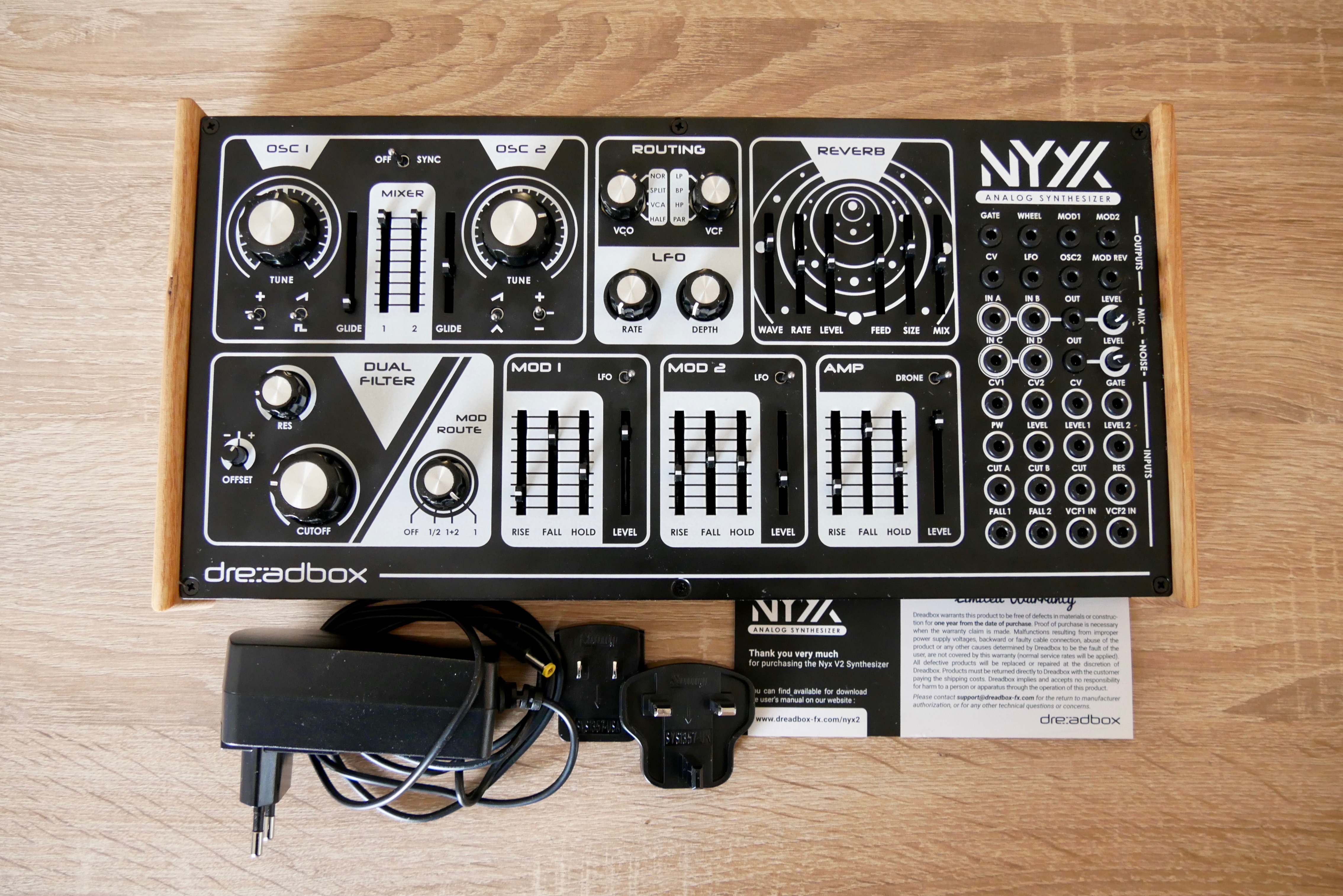

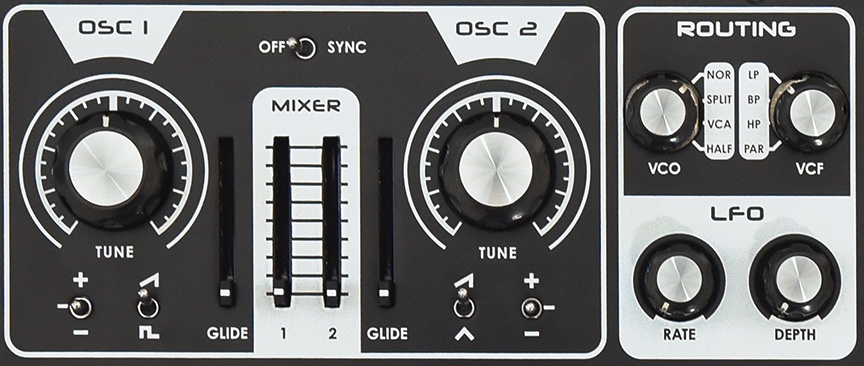
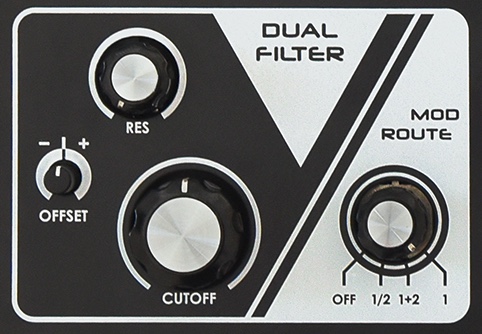
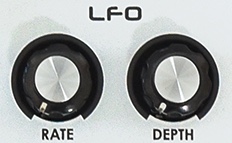
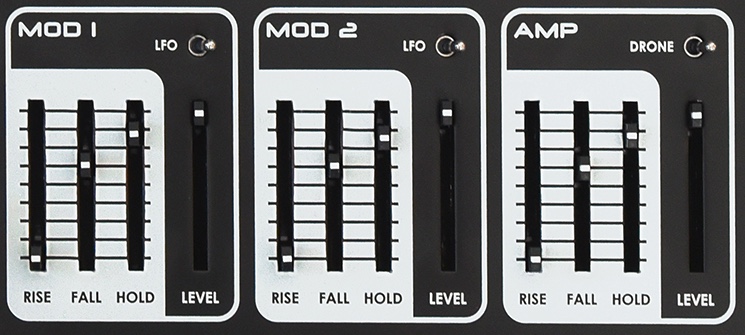
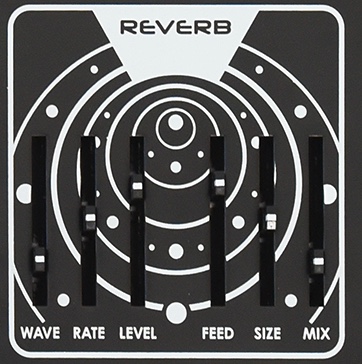
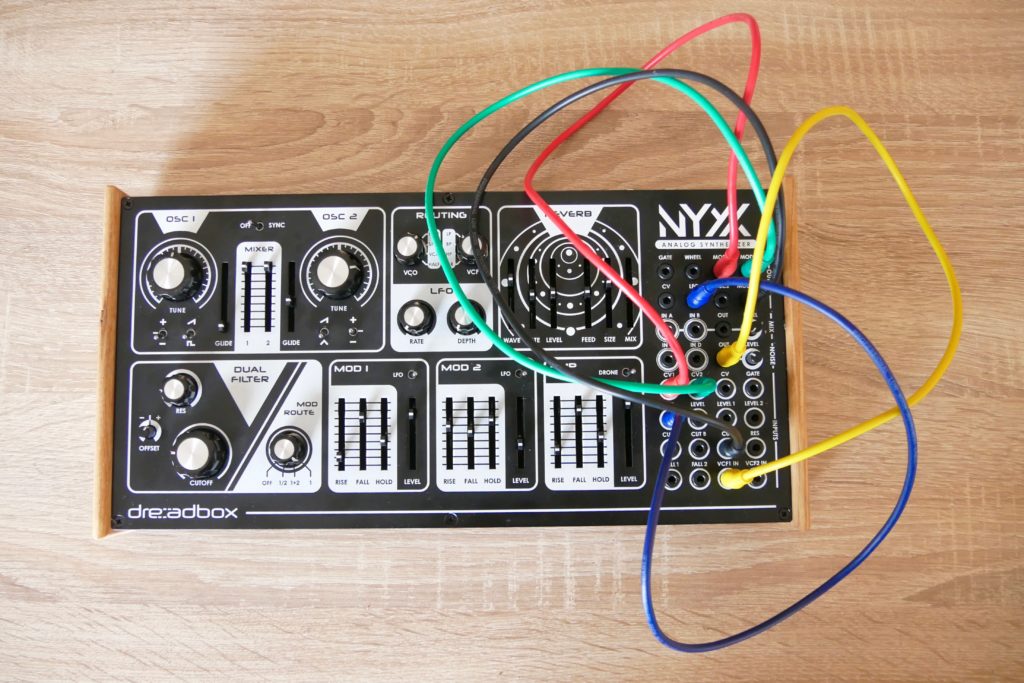
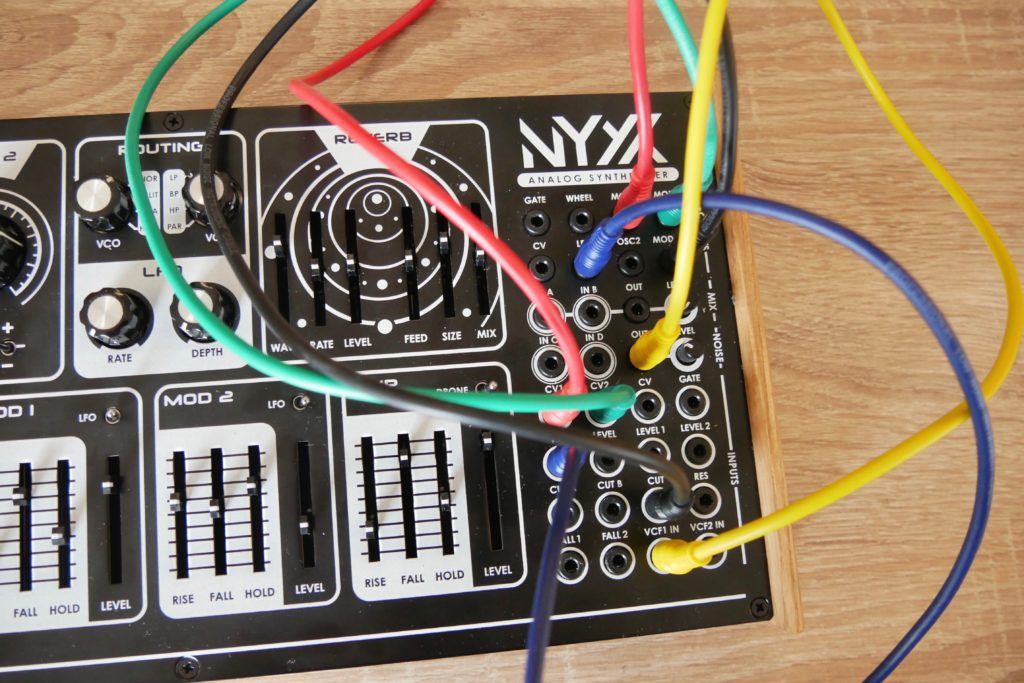
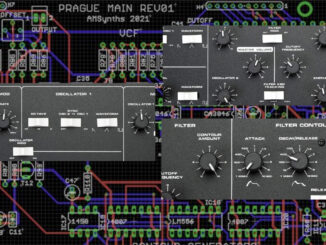
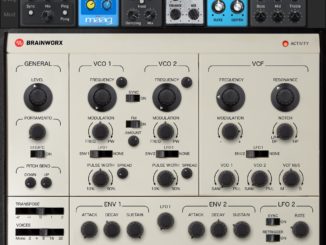
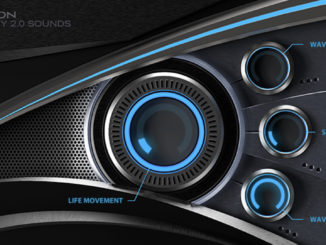
Be the first to comment